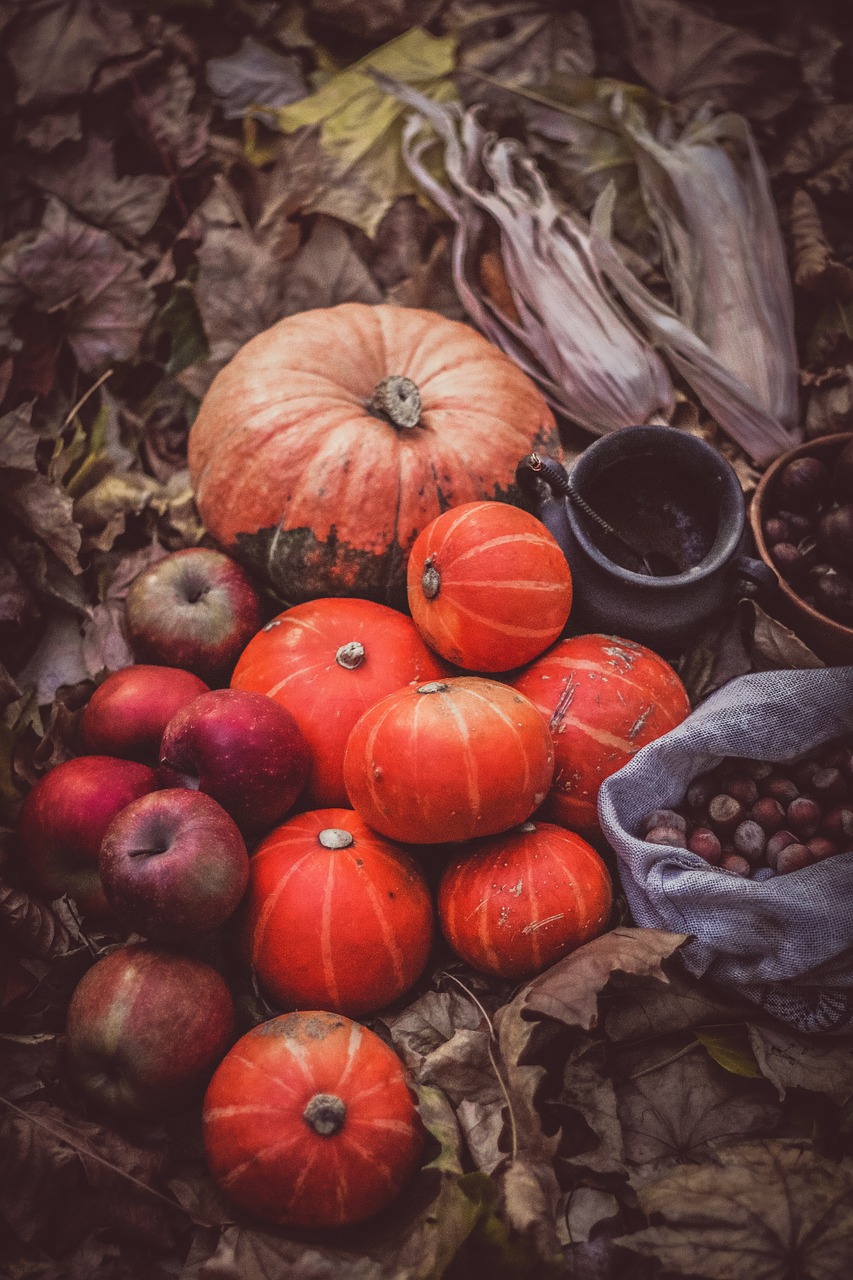Understanding the Significance of Samhain
Samhain, celebrated on November 1st, signifies the “end of summer.” This date traditionally marked the conclusion of the Celtic year and heralded the onset of winter—a time for contemplation. The eve of Samhain, October 31st, was believed to be when the ancestors would traverse through the veil that separates the living from the dead to visit their descendants. To avoid being recognized by their forebears, people donned costumes, a practice rooted in the anxiety surrounding the dark, shadowy nights that harbored unseen spirits.
This festival was not only a reflection on nature and mortality but also a period during which conflicts ceased, allowing people to gather in peace. Activities included settling debts and engaging in traditional games such as horse and chariot races, offering opportunities for light-hearted celebrations.
On Samhain, as the day set in, all hearths were extinguished, making it the darkest night of the year. The re-lighting of these fires symbolized the dawn of the new year, reinstating warmth and light into the lives of the Celtic people.
The Hills of Tara and Tlachtga
In ancient Ireland, the Hills of Tara and Tlachtga were of great significance. Tara served as the seat of the High Kings, while Tlachtga was vital for its rituals. It is said that druids ignited a grand bonfire on the Hill of Tlachtga, located near Athboy, County Meath. Torches from this beacon would light the way back to individual homes throughout the night, marking a communal bond. Despite the stature of Tara, Tlachtga remained a crucial site of ancient Celtic worship over two millennia ago.
The Great Fire Festival
The ceremonies conducted at Tlachtga symbolized the battle against darkness and celebrated the return of light and vitality. This festival, likely spanning several days, brought honor to the sun god Lugh. Its name derives from Tlachtga, the daughter of a notable druid, Mug Ruith, who tragically passed away there after giving birth to triplets. The hill’s strategic location allowed the fire lit on Samhain’s eve to serve as a harbinger for the Samhain Festival at Tara.
With the spread of Christianity, the timing of Samhain was absorbed into the Christian calendar, becoming a moment to honor the souls of the deceased. Many old customs persisted, evolving eventually into Halloween as Irish immigrants took these traditions to North America in the 1800s.
Tlachtga’s Unique Legacy
Tlachtga enjoyed an adventurous life as she traveled the world with her father, mastering his magical arts and discovering sacred stones in Italy. Known for giving birth to her triplets on the hill later named after her, Tlachtga’s story resonates with the common motif of triple births in Celtic lore. Her passing echoed the legend of Macha from Navan in Armagh, establishing an enduring cultural narrative.
The Luigni tribe, with roots in Erainn, is thought to be responsible for introducing the worship of Tlachtga as a fertility deity. Eventually, they were succeeded by the Lagin tribe, who shifted the focal point of power towards Tara.
Tlachtga, also referred to as the Hill of Ward, housed a ringfort associated with various kings of Mide, expanding its historical relevance. A prominent gathering held at the site in 1168 by Ruaidri Ua Conchobair (Rory O’Connor) adds to its historical layers.
Mug Ruith, a figure steeped in mythology, was said to be a remarkable druid with supernatural abilities, capable of wreaking havoc or granting tremendous power. Descriptions illustrate him in distinctive attire, alongside his enchanting ox-driven chariot. Interestingly, he is even linked to the execution of John the Baptist, despite existing long before historical accounts.
Recent Discoveries at the Hill of Ward
Today, the remnants atop the Hill of Ward reflect architectural developments from around two millennia ago, intertwining with much older burial practices. The name “Ward” emerged from a landholder displaced during Oliver Cromwell’s invasions in 1649, and the land eventually passed to a soldier of the Roundheads.
Archaeological investigations conducted at Tlachtga recently unearthed traces of intense burning and even the remains of a child buried in one of its chambers, dating back to as early as 500 AD. Dr. Steve Davis, an expert from UC Dublin, highlighted the historical obscurity surrounding Tlachtga, attributing it to early church efforts to erase its myths from the cultural narrative.
Renewed attention has surfaced in recent years, fostering events like torchlight parades at the hill during Samhain, revitalizing interest in this ancient site. As we explore Tlachtga’s heritage—its goddesses, ancient druids, and the lively traditions bridging the past to the present—we celebrate the transition from the old year into the new, connecting the living with the spirit world.
As you prepare for this mystic celebration, ensure your costume conceals your identity to prevent recognition by your ancestors who might come to visit, for they may expect a tribute.



